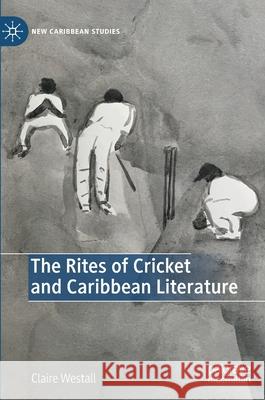The Rites of Cricket and Caribbean Literature » książka
topmenu
The Rites of Cricket and Caribbean Literature
ISBN-13: 9783030659714 / Angielski / Twarda / 2021 / 282 str.
Kategorie:
Kategorie BISAC:
Wydawca:
Palgrave MacMillan
Seria wydawnicza:
Język:
Angielski
ISBN-13:
9783030659714
Rok wydania:
2021
Wydanie:
2021
Numer serii:
000443219
Ilość stron:
282
Waga:
0.50 kg
Wymiary:
21.01 x 14.81 x 1.75
Oprawa:
Twarda
Wolumenów:
01
Dodatkowe informacje:
Wydanie ilustrowane











